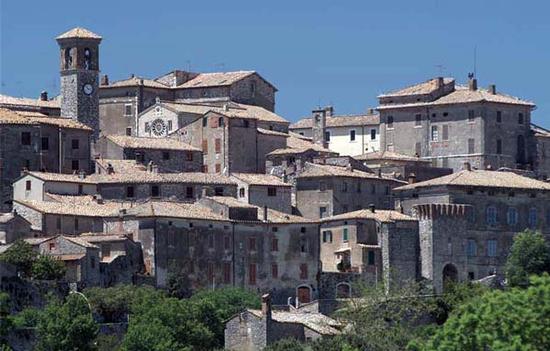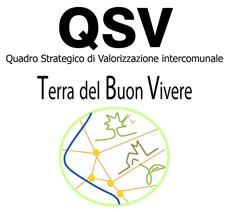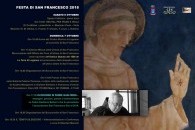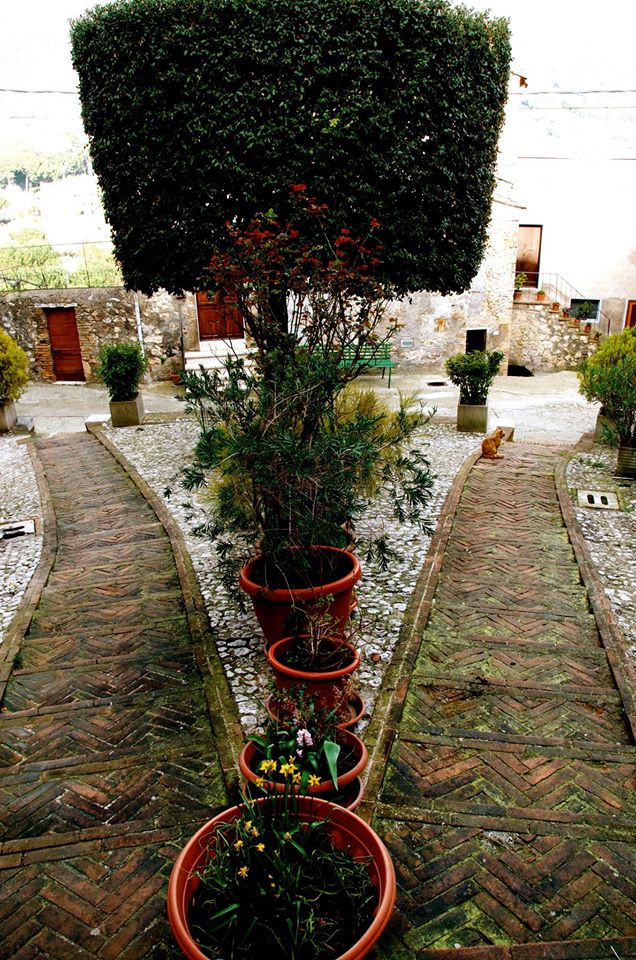What to see
A Stroll around the village
Lugnano is well worth a visit not only to see Collegiate Church of Santa Maria Assunta, dating back to the XII century, but also to explore its narrow streets and hidden niches and to take in the unexpected glimpses of outstanding panoramic views over the surrounding countryside. The historical centre with its unmistakable medieval imprint has remained intact till this day. To be noted are the ancient town walls and the remains of several towers, the most prominent of which is the perfectly intact "Torre Palombara", a typical medieval tower surmounted by a white dove sculpted in stone. According to legend the tower was built because doves saved Lugnano by warning the local inhabitants of approaching enemy forces. Although not very credible there may well be some grain of truth to this legend. Indeed, it is much more likely that it was used as part of the defence system as this was where carrier pigeons were bred and kept. The pigeons provided the fastest mode of communication particularly with Orvieto.
The village is dominated by Palazzo Vannicelli in Piazza della Rocca, the large stately buildings of the two Convents located at the southernmost point of the village, and Palazzo Pennone, the most formidable of all, in the centre. To discover and appreciate the charm and richness of this town in miniature it is best to go round on foot entering by way of the Medieval Gateway. A typical elliptical road leads up to the heart of the village where one can discover charming shortcuts that beckon one through archways and up and down mysterious flights of ancient steps.
Viale Regina Margherita leading to Piazza della Rocca provides the only means of access to the village. From here one follows the road down to Piazza Santa Maria and its renowned Collegiate Church. Built in elegant Romanesque forms, the "Collegiata" is one of the finest iconographical and architectural examples of the Romanesque style in existence today
To the right of the Collegiata a ramp of steps leads down to via Garibaldi and the Gateway. This Gateway is part of the town defence wall built on the orders of Pope Leo IV in 847-849 and subsequently restored in the latter part of the fifteenth century on the orders of Pope Pius II Piccolomini whose family crest is carved and immortalized on a stone tablet.
The town walls have survived the passage of time and made more interesting by a number of houses whose exteriors form an intermittent part of this structure with their kitchen gardens or Loggias as in the "Logge" district.
Entering on the left, one comes upon a small "piazzetta" or square which at one time was paved in bricks with its well which providing a ready means of refreshment for those entering the village. From here there are two possible routes, the first is to follow the downward slope in the direction of the "Logge" district, the second is to climb back up from via Duca degli Abruzzi, a typical elliptical roadway where the houses with their large arched portals are joined together as if to keep warm and sustain each other's bulk. Both routes are intersected with glimpses of characteristic vistas, alleyways and flights of steps that are here one moment and gone the next.
At the end of via Duca degli Abruzzi one arrives before the main entrance to the former Convento dell'Annunziata established in 1576 thanks to the efforts of the local community. Originally, the nuns belonged to the Augustinian order but later on having adopted the rule of Saint Benedict they became BenedictinesThe façade has been recently restored. A little further on one comes across the Church of Santa Chiara in piazza Marconi, forming part of the Clarisse monastery which was established in Lugnano in 1470. Today, it is home to the Maestre Pie Venerini nursery school and its teachers. From here one follows via Umberto I the main village street which is dominated by the massive palazzo Ridolfi-Farnese known as the Pennone, the Municipal building.The façade has been recently restored. A little further on one comes across the Church of Santa Chiara in piazza Marconi, forming part of the Clarisse monastery which was established in Lugnano in 1470. Today, it is home to the Maestre Pie Venerini nursery school and its teachers. From here one follows via Umberto I the main village street which is dominated by the massive palazzo Ridolfi-Farnese known as the Pennone, the Municipal building.
On the left, a magnificent archway forms a curtain to the tiny square or "piazzetta" of Campo dei Fiori, one of the most beautiful sights in the historical centre. Heading down towards via Campo dei Fiori one reaches the gardens of the former Ungari kitchen garden, one of the best places to enjoy a panoramic view of the Lower Tiber Valley. From here one can see Alviano Castle and Lake, and the hook of the Tiber. Further south one can make out the majestic Cimini mountains and the distant Mount Soratte in the direction of Rome.







